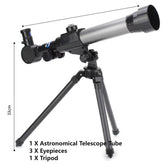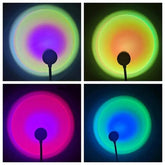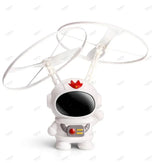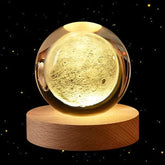A Deep Dive into Our Star’s Radiant Influence
The Sun and the Moon share a cosmic dance that has fascinated humanity for millennia. While the Moon often steals the spotlight with its serene glow and phases, it is, in truth, the Sun—the brilliant, fiery heart of our solar system—that powers this celestial relationship. In this post, we’ll explore the Sun’s profound role in shaping not only the Moon’s appearance but also life on Earth and the broader cosmos.
The Sun: More Than Just a Bright Light
At the center of our solar system lies the Sun, a massive ball of plasma composed primarily of hydrogen and helium. Through the process of nuclear fusion, the Sun converts hydrogen into helium, releasing an immense amount of energy in the form of light and heat. This energy output, approximately 3.8 x 10^26 watts, drives all processes on Earth, from weather patterns to photosynthesis.
How the Moon Reflects the Sun’s Glory
Though the Moon shines brightly in our night sky, it produces no light of its own. Instead, it acts as a cosmic mirror, reflecting sunlight back to Earth. This reflected light varies in intensity and position as the Moon orbits our planet, creating the familiar phases—from the slender crescent to the full lunar glow.
The phenomenon of moonlight is, therefore, a direct manifestation of the Sun’s energy. Without the Sun’s illumination, the Moon would be a dark, invisible presence in our sky.
The Sun-Moon Relationship and Earth’s Rhythms
The interplay between the Sun and the Moon extends beyond light. Their gravitational forces create tides, which have been crucial to the evolution of marine life and coastal ecosystems. The Sun’s gravitational pull, combined with the Moon’s, results in variations in tidal ranges and rhythms.
Moreover, the Sun’s energy influences the Moon’s surface temperature, which can swing drastically—from blistering heat during the lunar day to freezing cold at night—since the Moon lacks a substantial atmosphere.
Solar Activity and Its Lunar Impact
Solar phenomena such as solar flares and coronal mass ejections send bursts of charged particles toward the Moon, affecting its surface environment. These solar events can cause temporary disruptions in the Moon’s tenuous exosphere and contribute to the slow weathering of its surface over billions of years.
Why Understanding the Sun Is Key to Unlocking Lunar Mysteries
Studying the Sun helps scientists predict space weather, which in turn is vital for future lunar missions. The Sun’s radiation environment dictates the safety protocols for astronauts and the design of habitats on the Moon.
Furthermore, by examining how sunlight interacts with the Moon’s surface, researchers gain insights into the composition and age of lunar rocks, shedding light on the early solar system’s history.
In essence, the Moon’s silent glow is a tribute to the Sun’s enduring power. The light we admire during a clear night is a reflection of our star’s dynamic energy, connecting these two celestial bodies in an eternal cosmic relationship. Understanding this relationship enriches our appreciation not only of the Moon’s beauty but also of the Sun’s vital role as the ultimate source of life and light in our solar neighborhood.







































